Journal Contents
Annular gold ornaments from western Gaul: Archaeometallurgical aspects of the Lasgraisses ensemble. Tarn, France (3rd century BC)
Barbara Armbruster and Maria Filomena Guerra
Pages 55-65
The technical aspects of the annular gold neck ring and bracelet found in 1885 in a shallow pit in Lasgra Tsses (Tarn, France), dated to the 3rd century BC, are discussed, based on the recent results obtained by morphological examination of the jewellery, optical microscopy, SEM, X-radiography, and non-destructive elemental analysis by PIXE with an external micro-beam. Despite similarities in their appearance, and being manufactured with similar high purity gold alloys, these ornaments were produced by fundamentally different manifacturing techniques and in slightly different alloys. The arm ring consists of two sheet metal elements joined by hard soldering, a chased sheet on the outside and a smooth, flat, inner sheet. The neck ring consists of two pieces made up of six main components cast using the lost wax process, and several small sheet elements, all separately manufactured and then joined by hard soldering.
A Roman gold mining district in eastern Austria
Brigitte Cech
Pages 66-77
A Roman gold mining district where hydraulic techniques were used to exploit placer gold was recently discovered on the Karth, a wooded plateau in the foothills of the Eastern Alps about 80bn to the south of Vienna. The archaeological features, such as the course of several leats, various water tanks and related op encasts are extraordinarily well presei^ed. Examples of the numerous wood working, smithing and mining tools that have beenfoimd in the mining district are presented. Tlie article gives an ovemew of the first field survey and aims to introduce this exciting site to a wide audience.
Two medieval bloomery sites in Shropshire: the adoption of water power for iron smelting
Tim Young and David Poyner with contributions by V Bryant and A Clapham
Pages 78-97
Two bloomery sites in Stottesdon, Shropshire, were investigated to assess the local nature of medieval iron smelting and, in particidar, the evidence for the use of water power. Topographical and geophysical sui’veys were followed by limited excavation to evaluate and date the sites, whilst avoiding significant structures. The 13th-century manually-blown bloomery at Ned’s Garden lies on the outcrop of ironstones within the coal measures. In contrast, the iron smelting at Cinder Mill, just off the outcrop of the ironstones, was probably sited to exploit the power of the water of the Fiddle Brook with smelting imdertaken fi’om late in the 14th century or early in the 15th, and possibly into the 16th century. The site is probably the ‘bloomsmithy’ recorded in mid-15th-century manorial accounts. The archaeometallurgical residues from the two sites were similar, being relatively iron-poor (46-62wt% FeO), with analyses from each site fonning coherent compositional suites. Low-iron slags of the type described here form an important part of the current debate over whether later medieval water-powered furnaces mark a stage in an evolution towards the blast fiirnace. In this instance, it is argued that the introduction of water power appears to have had little effect on the chemistry of the smelting reaction.
What ship? Who fired the cannonballs at the wall in Akko? An archaeometallurgical and historical study
Y Kahanov, E Stern, A Stern, R Ronen, D Cvikel and D Ashkenazi
Pages 98-110
During renovation of the El-Shazliya Mosque in Akko, several cannonballs were discovered inside the inner western wall facing the sea. One of the cannonballs, a 32-pounder, was retrieved for archaeometallurgical analysis. The investigation included composition, microstructure and density analyses, and demonstrated that the cannonball was made of high quality grey cast iron and cast to a high standard. There was no evidence of gas porosity or sand-casting cavities, probably due to the presence of manganese combined with the use of advanced technology. Based on its manufacturing process and its high manganese content, it must have been manufactured after 1839. A British-Austrian-Ottoman fleet bombarded Akko from the west in 1840. Considering the cannonball’s location as found in the wall, its estimated firing direction, the location of the western squadron, and the heading of the ships during the bombardment, it is suggested that this shot was firedfrom HMS Pique.
![[Test] The Historical Metallurgy Society](https://test.historicalmetallurgy.org/wp-content/uploads/2020/02/Logo120.png)
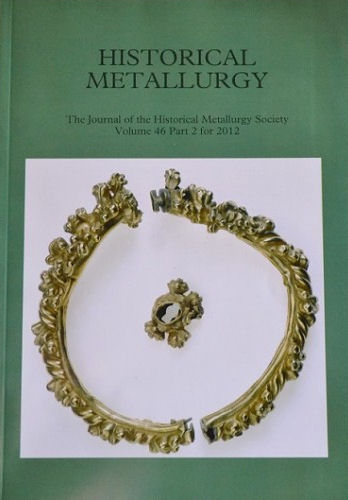
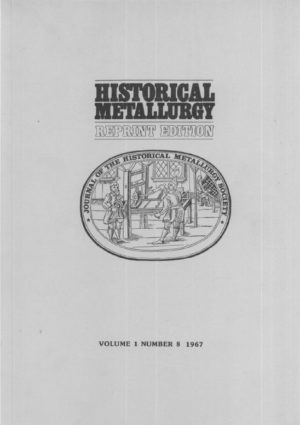
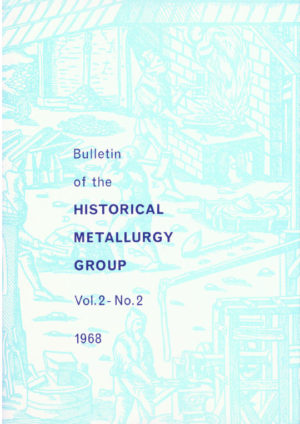
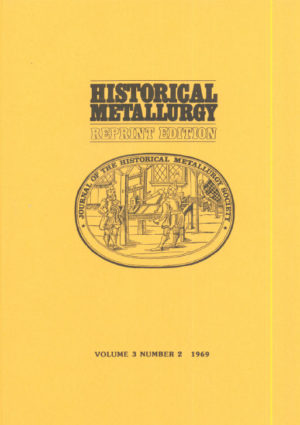
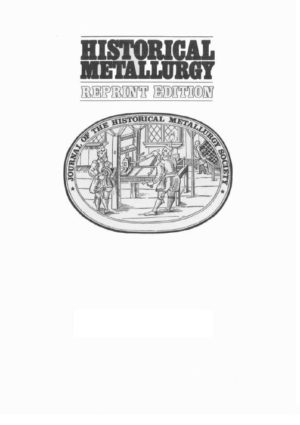
There are no reviews yet.